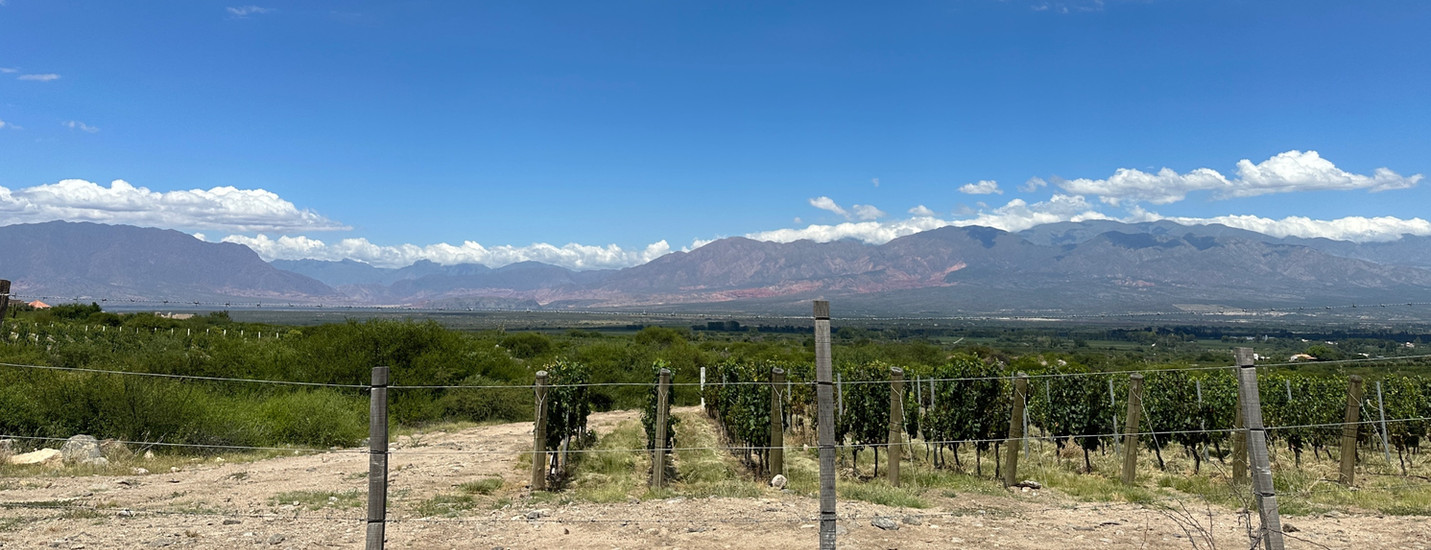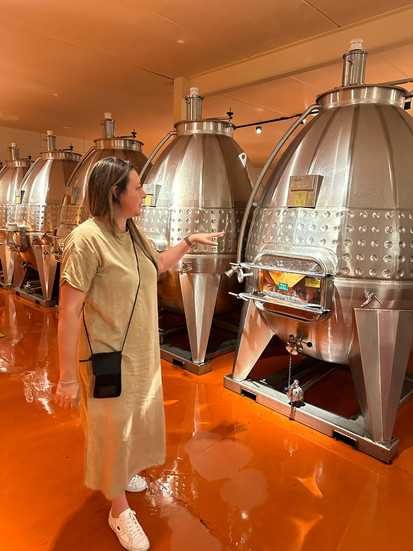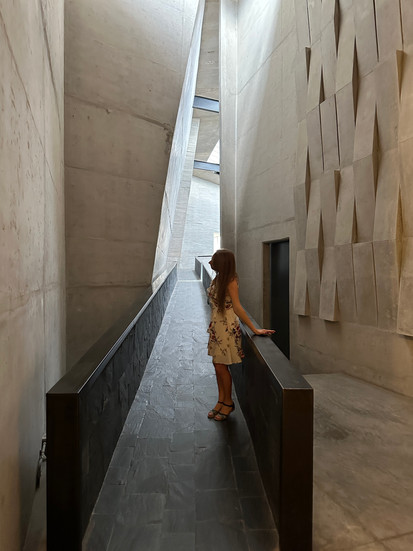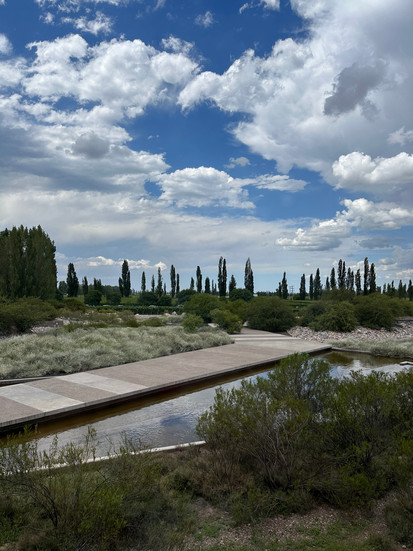Argentina - beyond Malbec
- Nelly Ward

- Mar 10, 2024
- 3 min read

Just as Chile saved Carménère and made this grape its national treasure, Argentina has done the same with Malbec. Original pre-phylloxera vines traveled from Cahors across the Atlantic and found a new home in the much more favourable conditions of the Andean foothills in Mendoza. Argentina has a large number of old vines and producers take great pride in preserving them.

The climate here has proven to be perfect for this grape to thrive. The long sunshine hours allow for perfect ripening and development of sugar, fruit aromas, colour and smooth tannins. The cold nights help slow down this process, adding fresher flowery and herbal notes and preserving acidity. This results in perfectly concentrated and balanced wines that can showcase the terroir and varietal properties, but can also shine through the integration of oak flavours.
The producers are climbing to the highest altitudes in the world to experiment with the different soil types and are embracing the challenges that come with these extreme conditions. The winemakers have also advanced in production methods, with many of them adopting the gravity-fed processes, organic vineyard management, and the use of optical sorters to ensure only the best berries are used in the wines. They may argue among themselves about the best styles, use of oak or inert vessels, maturation times, and other technical issues, but one thing everyone can agree on is that there is no compromise on quality, regardless of production volumes.

Mendoza is the perfect example of the biggest and most famous wine region that has gained its reputation for producing high-quality yet affordable wines and a selection of outstanding fine wines. Grapes are grown throughout the country, from the very North to the vineyards in Patagonia, and from the foothills of the Andes to the shores of the Atlantic.
Besides the star grape of Malbec, Cabernet Franc, Cabernet Sauvignon and Syrah are also widely planted and produce some exceptional quality red wines. Some producers go for less common varieties such as Sangiovese, Pinot Noir, Petit Verdot, and Alicante Bouschet. The signature white grape is Torrontés, which flourishes at high altitudes in Cafayate, Salta, producing highly aromatic wines with notes of pineapple, apricot, blossom, and lychee, perfectly balanced by high acidity. Whites are less popular in Mendoza, but you can still find high-quality Chardonnay and Sauvignon Blanc, as well as rare gems like Riesling and Sémillon.

The hospitality side would also surprise you a lot. Most have much more to offer than a simple wine tasting and a quick tour of the facilities: from the simple lunches with local produce to fine dining at Michelin-starred restaurants nested among the vines, staying in a few rooms in the bodega, or enjoying a whole villa with a private swimming pool.
The investment side of the business is also thriving. Are you dreaming of owning your own vineyard that is professionally managed, having a personal winemaker who will make the wine according to your specifications, and finishing it off with a dedicated designer to help you with the label? The sky is the limit.

The dedication of producers to preserving old vines, experimenting with different altitudes and production methods, and offering unique hospitality experiences showcases the country's commitment to excellence in winemaking. With a focus on quality, innovation, and hospitality, Argentina continues to shine as a prominent player in the global wine market, attracting wine enthusiasts and investors alike. Cheers to Argentina's vibrant wine scene!
Gallery
© All images on this page are subject to copyright. 2023-2024 Nelly Ward

























































































































































Comments